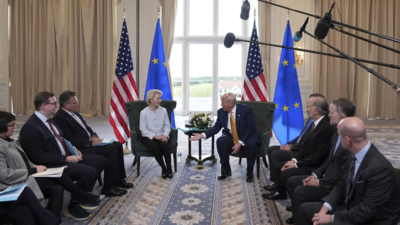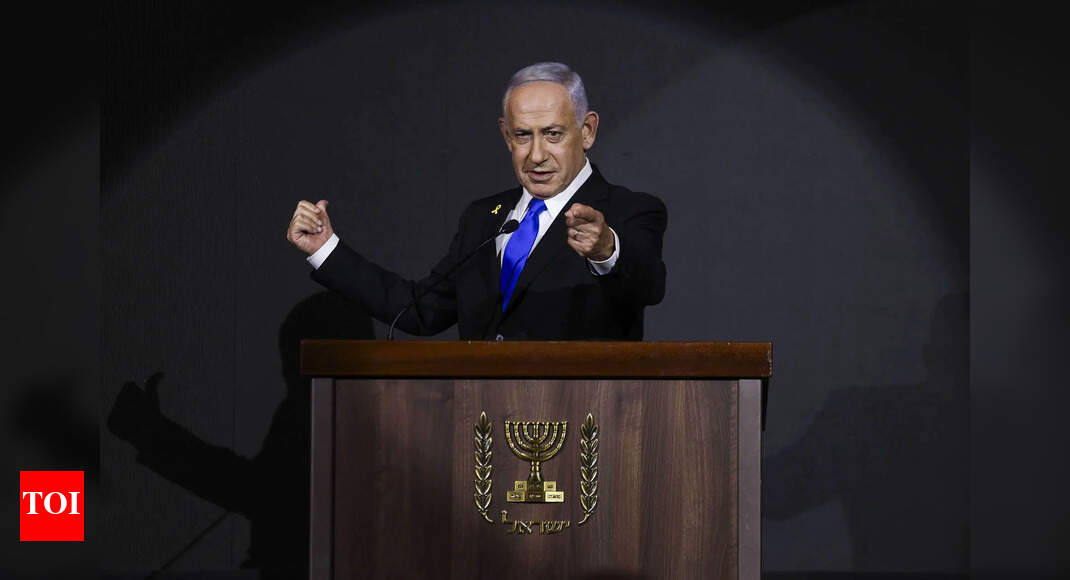US-EU transatlantic trade deal: 15% tariff imposed on most EU goods, pharma and aircraft exempted while wine and spirits remain in limbo

The US and European Union officials on Thursday announced a written framework for their long-discussed trade deal, laying down a 15% tariff on 70% of EU exports to the US while leaving several critical sectors unresolved. The agreement, made public as a 3½-page text, was described by both sides as a political commitment rather than a legally binding treaty, AP reported.The document, far shorter than typical trade accords that often run into hundreds of pages, sets out limited but significant provisions. These include a 15% import tax on most European goods, a zero tariff on US cars and other industrial exports to Europe, and exemptions for aircraft and aircraft parts, generic pharmaceuticals and pharmaceutical ingredients. Exemptions for other sectors deemed essential to both economies are expected in later stages.Wine and spirits, which had enjoyed zero tariffs since 1997, were left out of the exemptions and remain subject to the new levy. EU chief trade negotiator Maros Sefcovic admitted the bloc had not yet secured relief in that area but stressed that “doors are not closed forever” and that further talks would continue. Proposals to carve out tariff rate quotas for EU steel were also left pending. The Associated Press reported that European officials described the pact as only a “first step in a process that can be further expanded.”The 15% tariff marks a sharp increase from pre-Trump trade levels, when duties averaged in the low single digits. The costs, collected on the US side, could either be absorbed by American importers or passed on to consumers through higher prices. Some EU businesses and member governments have voiced unease, warning that Brussels conceded too much.European Commission President Ursula von der Leyen defended the agreement, framing it as a safeguard against Trump’s threatened 27.5% tariff on EU car exports. She said the deal provides “quick relief” and opens a path for exemptions in additional sectors. “Faced with a challenging situation, we have delivered for our member states and industry and restored clarity and coherence to transatlantic trade,” she said. “This is not the end of the process.”Sefcovic echoed her view, noting that the alternative was “a trade war with sky high tariffs.” He added, “It builds confidence. It brings stability.”Beyond tariffs, the pact also includes nonbinding EU commitments to purchase $750 billion worth of US energy and for EU companies to invest $600 billion in the American economy, based on projections compiled by the European Commission. Both sides acknowledged that implementation would hinge on follow-up negotiations in the months ahead.




